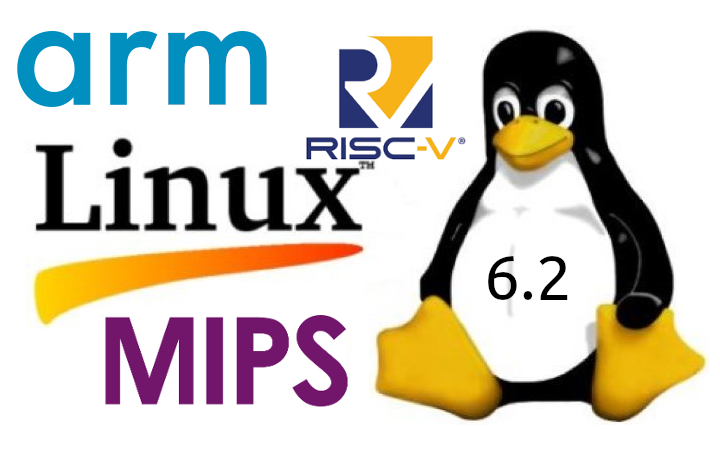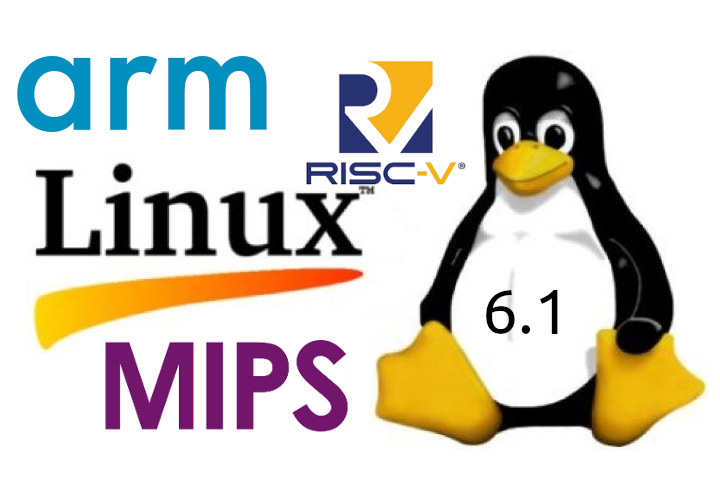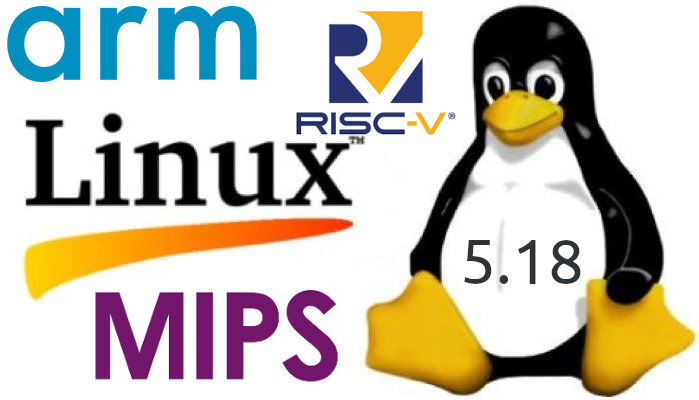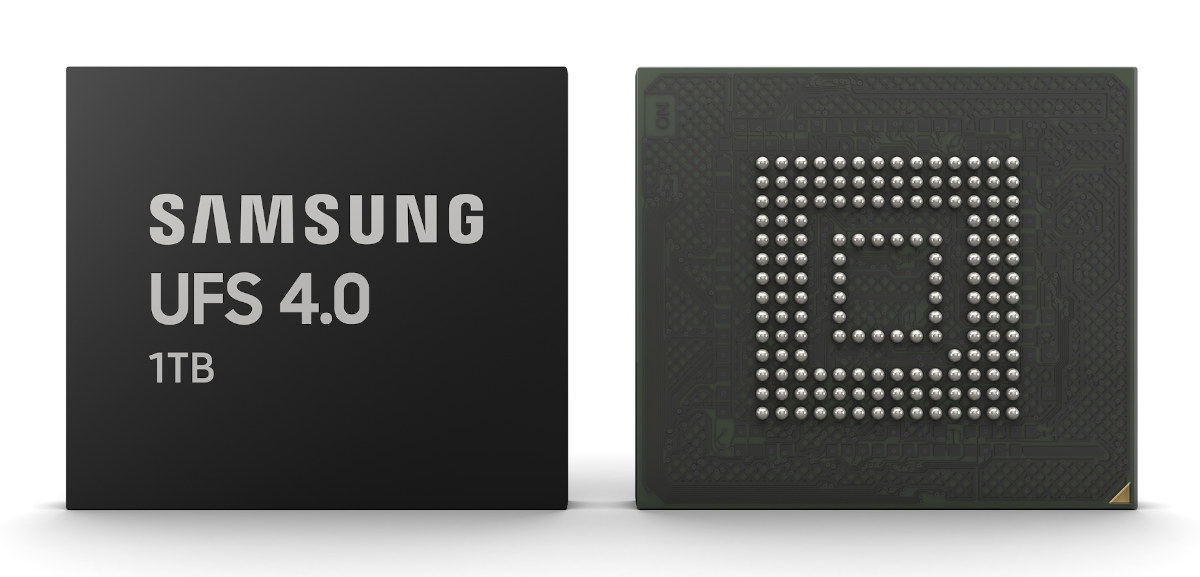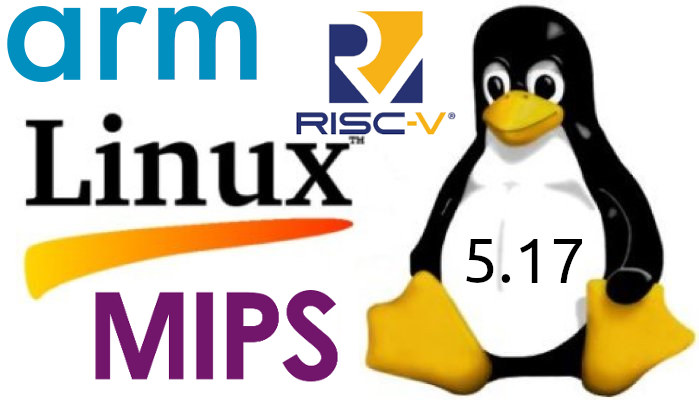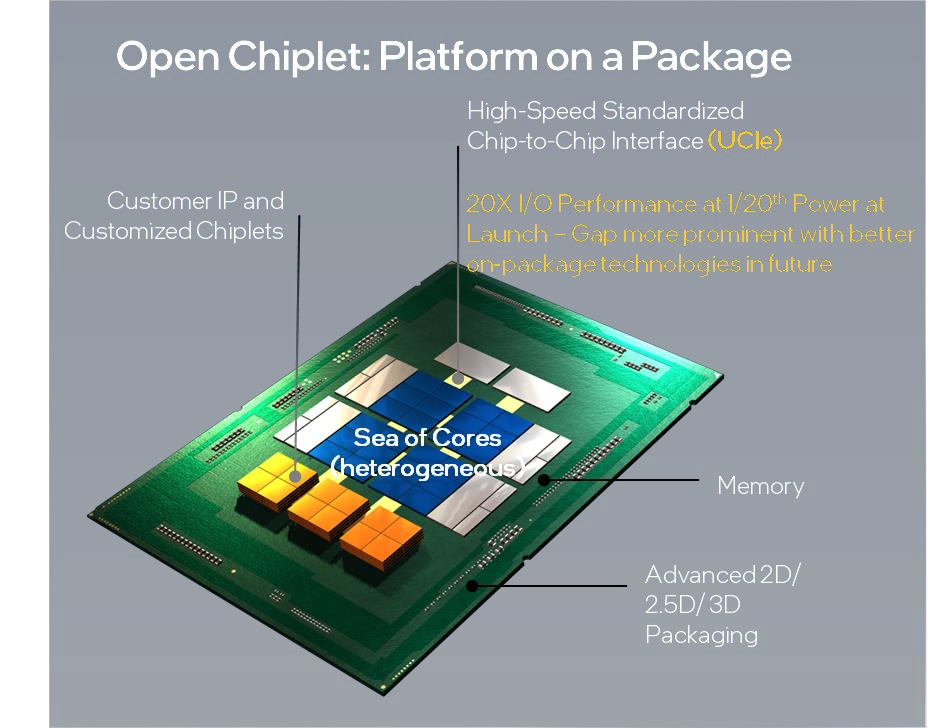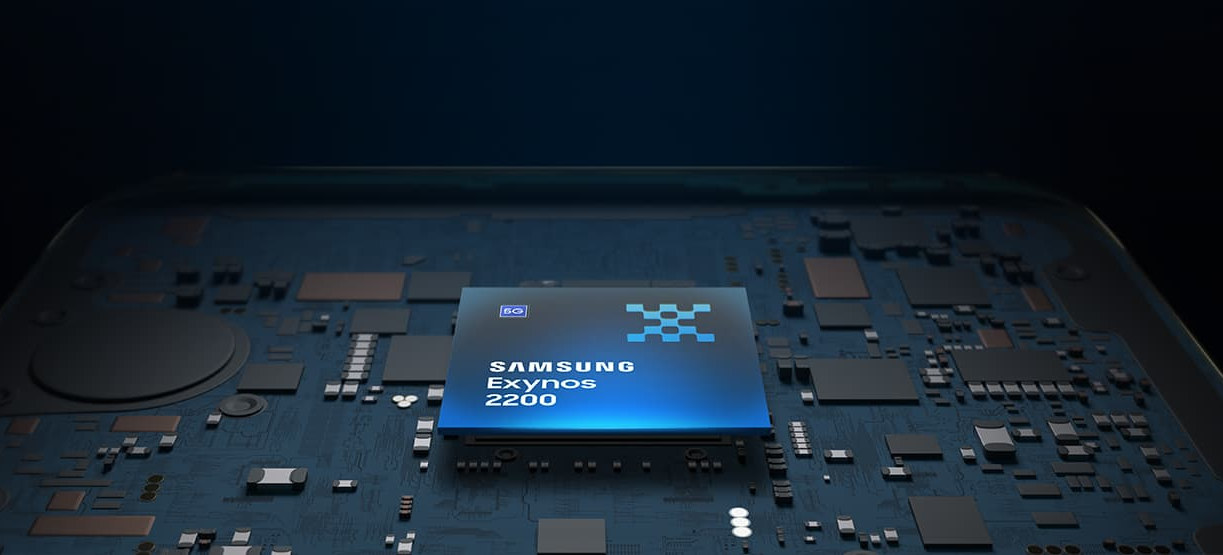Linux 6.2 has just been released with Linus Torvalds making the announcement on LKML as usual: So here we are, right on (the extended) schedule, with 6.2 out. Nothing unexpected happened last week, with just a random selection of small fixes spread all over, with nothing really standing out. The shortlog is tiny and appended below, you can scroll through it if you’re bored. Wed have a couple of small things that Thorsten was tracking on the regression side, but I wasn’t going to apply any last-minute patches that weren’t actively pushed by maintainers, so they will have to show up for stable. Nothing seemed even remotely worth trying to delay things for. And this obviously means that the 6.3 merge window will open tomorrow, and I already have 30+ pull requests queued up, which I really appreciate. I like how people have started to take the whole “ready for […]
Linux 6.1 LTS release – Main changes, Arm, RISC-V and MIPS architectures
Linus Torvalds announced the release of Linux 6.1, likely to be an LTS kernel, last Sunday: So here we are, a week late, but last week was nice and slow, and I’m much happier about the state of 6.1 than I was a couple of weeks ago when things didn’t seem to be slowing down. Of course, that means that now we have the merge window from hell, just before the holidays, with me having some pre-holiday travel coming up too. So while delaying things for a week was the right thing to do, it does make the timing for the 6.2 merge window awkward. That said, I’m happy to report that people seem to have taken that to heart, and I already have two dozen pull requests pending for tomorrow in my inbox. And hopefully I’ll get another batch overnight, so that I can try to really get as […]
Linux 5.18 release – Main changes, Arm, RISC-V, and MIPS architectures
Linux 5.18 is out! Linus Torvalds has just announced the release on lkml: No unexpected nasty surprises this last week, so here we go with the 5.18 release right on schedule. That obviously means that the merge window for 5.19 will open tomorrow, and I already have a few pull requests pending. Thank you everybody. I’d still like people to run boring old plain 5.18 just to check, before we start with the excitement of all the new features for the merge window. The full shortlog for the last week is below, and nothing really odd stands out. The diffstat looks a bit funny – unusually we have parsic architecture patches being a big part of it due to some last-minute cache flushing fixes, but that is probably more indicative of everything else being pretty small. So outside of the parisc fixes, there’s random driver updates (mellanox mlx5 stands out, […]
Samsung UFS 4.0 storage to offer up to 4,200 MB/s read speeds, 1TB capacity
Samsung Electronics has unveiled its first Universal Flash Storage (UFS) 4.0 solution based on the company’s 7th-generation V-NAND and a proprietary controller allowing speeds of up to 23.2 gigabits per second (Gbps) per lane or double the previous UFS 3.1 solutions. In more practical terms, Samsung UFS 4.0 storage will deliver a sequential read speed of up to 4,200 MB/s and a sequential write speed of 2,800 MB/s, corresponding to about 2x and 1.6x faster speeds over UFS 3.1 storage. Samsung also claims that power efficiency has been enhanced with a sequential read speed of up to 6.0 MB/s per milliampere (mA), or about a 46-percent improvement over UFS 3.1. An advanced Replay Protected Memory Block (RPMB) is integrated into the chip to store important personal data that can only be read or written through authenticated access, and whose design is said to be 1.8 times more efficient. Samsung UFS […]
Linux 5.17 release – Main changes, Arm, RISC-V, and MIPS architectures
Linus Torvalds has just released Linux 5.17: So we had an extra week of at the end of this release cycle, and I’m happy to report that it was very calm indeed. We could probably have skipped it with not a lot of downside, but we did get a few last-minute reverts and fixes in and avoid some brown-paper bugs that would otherwise have been stable fodder, so it’s all good. And that calm last week can very much be seen from the appended shortlog – there really aren’t a lot of commits in here, and it’s all pretty small. Most of it is in drivers (net, usb, drm), with some core networking, and some tooling updates too. It really is small enough that you can just scroll through the details below, and the one-liner summaries will give a good flavor of what happened last week. Of course, this means […]
UCIe (Universal Chiplet Interconnect Express) open standard for Chiplets with heterogeneous chips
We first heard about Chiplet, chips that gather IP or chips from different vendors into a single chip, in 2020 with the now-defunct zGlue’s Open Chiplet Initiative, but the term recently came back to the forefront last month with Intel’s investment into the “Open Chiplet Platform” that aims to offer a modular approach to chip design through chiplets with each block/chiplet customized for a particular function. It turns out there’s now an official standard called the Universal Chiplet Interconnect Express (UCIe) whose specification defines the interconnect between chiplets within a package, and not only backed by Intel, but also AMD, Arm, ASE, Google Cloud, Meta, Microsoft, Qualcomm, Samsung, and TSMC. UCIe defines the Physical Layer (Die-to-Die I/O) and protocols to be used for the chiplet interfaces, currently PCIe and CXL (Compute Express Link), but more protocols will be added to the specification in the future. The goal is to provide […]
Samsung Exynos 2200 SoC features Xclipse 920 GPU with AMD RDNA 2 architecture
Samsung has just unveiled the Exynos 2200 Armv9 SoC equipped with Samsung Xplipse 920 GPU based on AMD RDNA architecture and promising console quality graphics on mobile devices. Manufactured with a 4nm process, the octa-core processor also features Arm Cortex-X2, Cortex-A710, and Cortex-A510 cores, a 5G modem for up to 7.35 Gbps downlink, 8K video encoding and decoding, as well as support for LPDDR5 memory and UFS 3.1 storage. Exynos 2200 specifications: CPU 1x Arm Cortex-X2 3x Arm Cortex-A710 4x Arm Cortex-A510 GPU – Samsung Xclipse 920 GPU built with AMD RDNA 2 technology enabling hardware-accelerated ray tracing (RT) and variable rate shading (VRS), a first on mobile according to Samsung VPU Video decode – 8Kp60 10-bit HEVC (H.265), 8Kp30 10-bit VP9, AV1 Video encode – 8Kp30 10-bit HEVC(H.265), VP9 AI – AI Engine with Dual-core NPU and DSP up to 52 TOPS (TBC) Memory – LPDDR5 Storage – UFS […]
Samsung Galaxy Upcycling at Home program aims to repurpose older phones into IoT devices
Electronics waste, also as known as e-waste, has been a problem talked about for years, and in 2015 we asked the question “What do you do with your old devices and boards?” as many devices just end up collecting dust or stored in a drawer. Some better ways include giving or selling them to others, or repurpose them. For instance, a cheap Arm HDMI dongle can make a torrent downloader, an old phone can be transformed into a surveillance camera, an ATX power supply could be converted into a bench power supply, etc… But repurposing devices require some technical skills which many of the smart CNX Software readers have, but it’s unrealistic to expect the typical consumer to be able to hack their old devices into new ones using some tutorials found on the Internet. Samsung Galaxy Upcycling Program aims to make recycling upcycling easier for owners of Galaxy smartphones, […]


